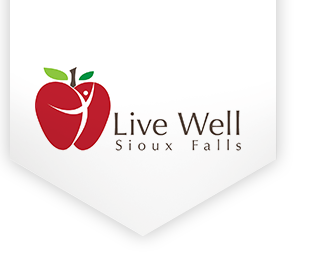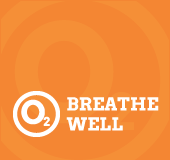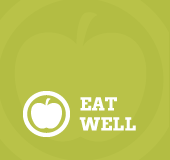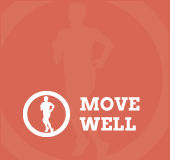Healthy Eating at Work
According to the US Bureau of Labor Statistics, the average American is at work about 44 hours per week, or just over eight hours per day. And, three-quarters of working Americans eat at their desks more than once a week, says the American Dietetic Association, which may also mean they are checking emails or doing other tasks other than being mindful about their eating.
It's no secret that trying to manage a healthy weight in the workplace can be a challenge. But, with a little planning and commitment, you can do it! Over time, you may even see your coworkers following your lead.
The Benefits of the Brown Bag
Packing your own lunch and snacks is one of the best ways to control your food intake at the workplace.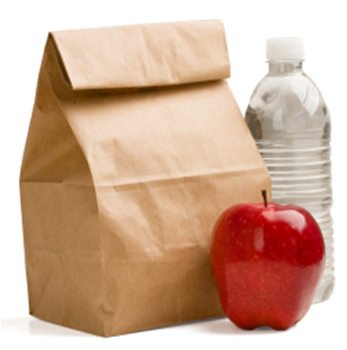
There are times when brown-bagging won’t be possible. You may have a lunch meeting scheduled, a friend may invite you for lunch or the morning may get hectic at home and you just run out of time to plan your lunch or snacks. In those instances, do a little research. Find out what's on the menu for your lunch meeting if it's in the office, or look up a restaurant menu online if you're going out to lunch. Plan healthy choices in advance.
By making smart choices when eating out, and with some creativity at home, you can enjoy tasty low-calorie lunches and snacks that suit your waist and your wallet.
Packing a Healthy Lunch
Studies show that when comparing dining out for each of the meals in a day, if you dine out at lunch, you will over-indulge by an additional 158 calories that you wouldn’t normally eat! In turn, if you dine out 3-4 times each week for lunch, you are taking in an additional 470-630 calories. When you pack your own lunch, though, you have complete control over what and how much goes into your lunch box.
Here are some ideas for healthy and filling brown bag lunches that will also save you money:
- Wrap up your leftovers. Get creative to give last night's dinner a lunch makeover. For example, stuff leftover chili in a pita with some veggies and avocado slices.
- Pack a broth-based soup with tons of veggies. Soup is filling and generally low in calories. In fact, if you eat soup before digging into your main lunch course, studies show you’re likely to eat 20 percent fewer calories.
- Focus on cost-saving foods. In general, packing a lunch will save you money compared to eating out every day.
- Check out MyPlate's resource on planning meals and eating healthy on a budget
Packing Healthy Snacks
If the vending machine is a source of temptation, try not to walk by it...or walk by quickly. Consider not keeping change in your desk or wallet. Or, use that change as an incentive. For every day you avoid the vending machine, put that money away and, after a few weeks, use it to treat yourself to a non-food reward like a new book, a massage or something else you love!
Brown bag your snacks as well as your lunch:
- Keep fresh fruits and cut-up veggies handy at home so you can pack some for a snack. For a little extra flavor, add a little peanut butter for apple slices or low-fat hummus or salad dressing for a veggie dip.
- Create your own 100-calorie snack bags. Making these yourself might require a food scale for careful measuring, but you’ll save money by not buying prepackaged 100-calorie snacks - and you'll be more eco-friendly.
- Rather than keeping an emergency stash of chocolate in your desk drawer, make room for mixed nuts (such as walnuts and almonds), dried fruit or low-fat trail mixes.
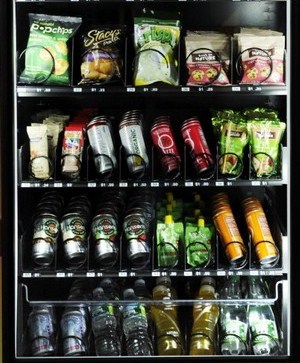
- Chek out MyPlate's snacking tips
Food can be part of social celebrations, and that's okay. If someone brings birthday treats to work, you can choose to say "no." Or, when that delicious treat is calling your name, focus on portion size. Take a little bit and savor each bite. Then, get right back to your healthy eating plan.
Healthy Vending Resources
Other Resources
